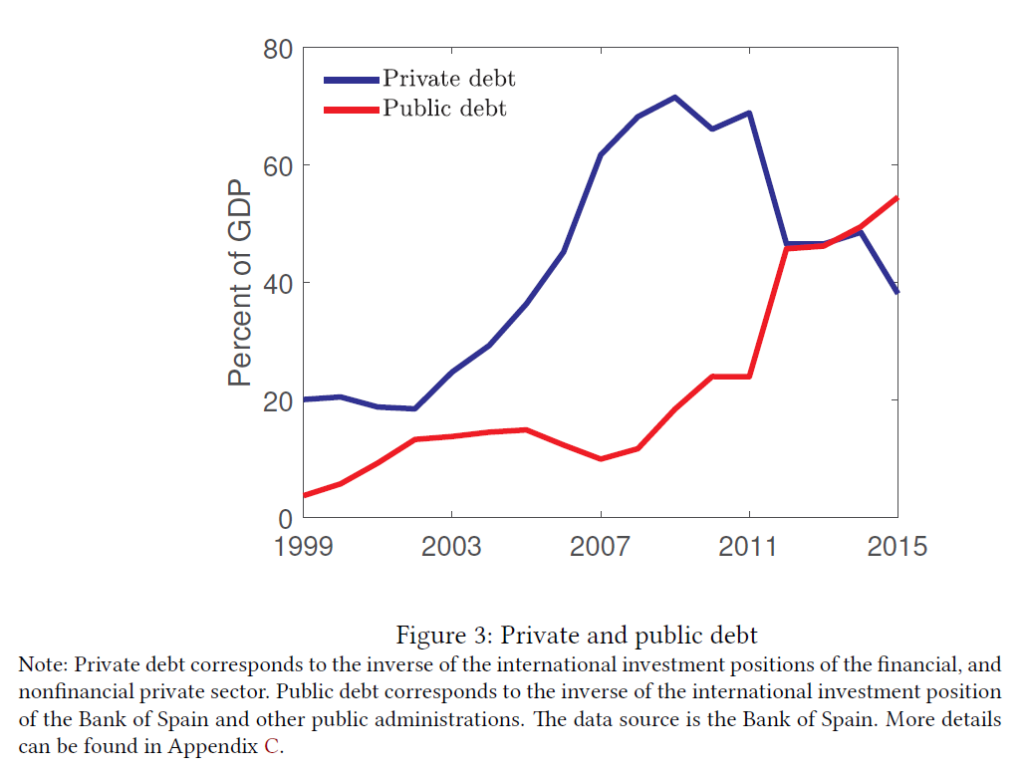Link: https://www.chicagofed.org/publications/chicago-fed-letter/2021/451
Excerpt:
The potential impact of Covid-19 on the municipal bond market
The coronavirus pandemic and the related economic slowdown are expected to cause a persistent drag on state and municipal tax revenues, which may apply pressure to the municipal bond market. Current estimates from the Brookings Institution suggest that, relative to 2019 tax receipts, state and local general revenues will decrease by $155 billion in 2020, $167 billion in 2021, and $145 billion in 2022—or by about 5.5%, 5.7%, and 4.7%, respectively.3 These estimated declines are in line with those experienced during the Great Recession of 2008–09, which averaged 5.8%.4 States face additional budgetary pressures from increased expenditures related to the pandemic, particularly from increased payouts of unemployment insurance (UI) benefits. Between March and October 2020, states paid a record $125.1 billion in UI benefits. The UI benefits paid thus far in 2020 are 30% more than the $96.3 billion in benefits states paid in all of 2009.5 However, states are better positioned to weather these budget stresses than they were prior to the Great Recession due to the increase in state revenue stabilization funds, commonly referred to as “rainy day funds.” At the start of 2020, the median state rainy day fund was equal to 7.8% of state general revenues, compared with 4.6% at the start of 2008.6 This should provide some cushion for the expected decline in revenues due to Covid-19.7 And the second Covid-19 stimulus package signed into law at the close of 2020 is expected to help stabilize state and local budgets and ease stress on municipal bond markets, although direct aid to states and municipalities was removed from the final bill. The bill does provide direct payments to individuals of up to $600, paycheck protection loans for businesses, extended federal UI benefits, $30 billion for vaccine distribution and testing, $54.3 billion for K–12 schools, $22.7 billion for higher education, and $45 billion for transportation-related relief spending. President Joe Biden is proposing $1.9 trillion in additional stimulus spending focused on vaccine distribution, aid to states, and direct benefits to individuals. However, this plan has yet to be enacted and is therefore subject to change. In summary, states and localities are likely to experience significant variation in Covid-19-related revenue declines, and their budgetary strength also varies. As such, certain muni bonds may face downgrades and default.
Authors: Andy Polacek , Shanthi Ramnath
Publication Date: February 2021
Publication Site: Chicago Fed



